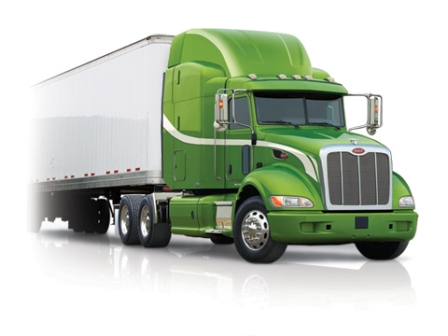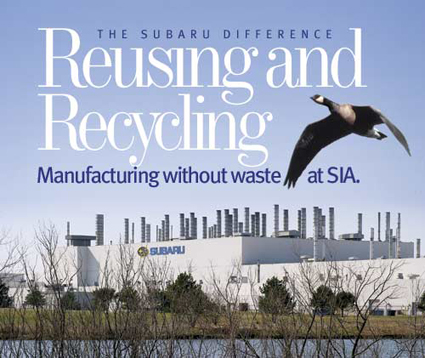Diesel engines are a big deal in America. They are used to haul the food we eat and the goods we otherwise consume. The biggest challenge in the wide use of the diesel engine is that its emissions will often pose a problem for maintaining clean air. The good news is that advancements in technology are allowing for close monitoring and control of bad emissions being released into the atmosphere.
Where does the government stand?
The Environmental Protection Agency regulates the engine manufacturing industry to reduce negative effects on the environment. But rather than force companies to abide by green manufacturing practices, the EPA has instituted fees for companies that aren’t in compliance, resulting in a “pay to pollute” type of arrangement.
The high-profile Navistar compliance case has been on the radar of most trucking companies and environmental watch groups recently. The EPA will allow the manufacture of engines that would fail emissions tests, so long as Navistar pays a fee per engine. (As a side note, Navistar has a good amount of shareholders and holds a prominent place in the markets. Perhaps the EPA’s lenience is designed to preserve the economic viability of a crucial segment of an ailing economy.)
There is no way to be sure why the EPA is allowing uncertified engine manufacturing on a wide scale and simply settling for a hefty fee; but we do understand the implications of not forcing engine makers to comply with EPA standards.
For one, the decision to settle for a fine could be interpreted as indecisiveness on the part of the EPA. This sets a precedent for other manufacturers that have means to take the risk of incurring a fee rather than go to the inconvenience of discarding lucrative patents and changing systems and machinery. This is indeed a step in the wrong direction.
What’s the solution for smaller trucking operations?
Trucking companies are concerned that stricter fuel emission standards could drive-up the cost for vehicles. As it stands now, EPA standards for medium- and heavy-duty trucks will add an estimated $6,200 to the price of new trucks manufactured in 2014 through 2018.
So the question many trucking companies struggle with is how to minimize harmful effects on the environment, without going broke. One temporary solution could be the use of remote monitoring of driver fuel consumption, which may be able to streamline efficiency and reduce costs. Saving on the back end should give truckers more leeway in regard to making the investment to go green.
Who should pick up the tab?
The fact that the EPA needs to continue to push for green compliance in the trucking industry is without question. A step in the right direction might be to take the burden away from the small truckers and help companies that manufacture engines; yes, give tax breaks or incentives to the corporate giants or put the money directly back into the hands of the truckers that would purchase the engines. This is a crucial issue in environmental protection. Shouldn’t the government step in and position itself as a helper rather than a harbinger of harm?
Follow the Inspired Economist on Twitter




